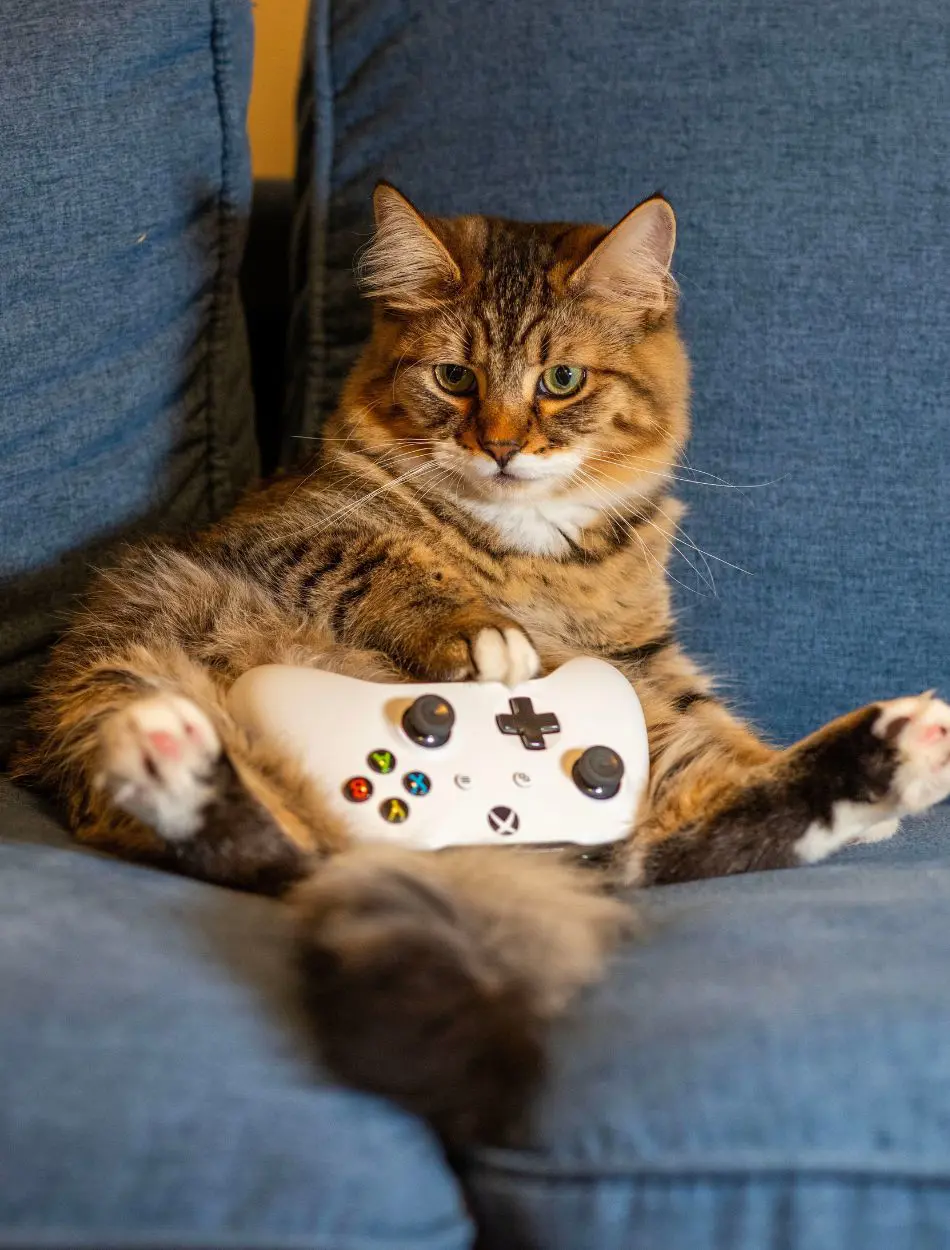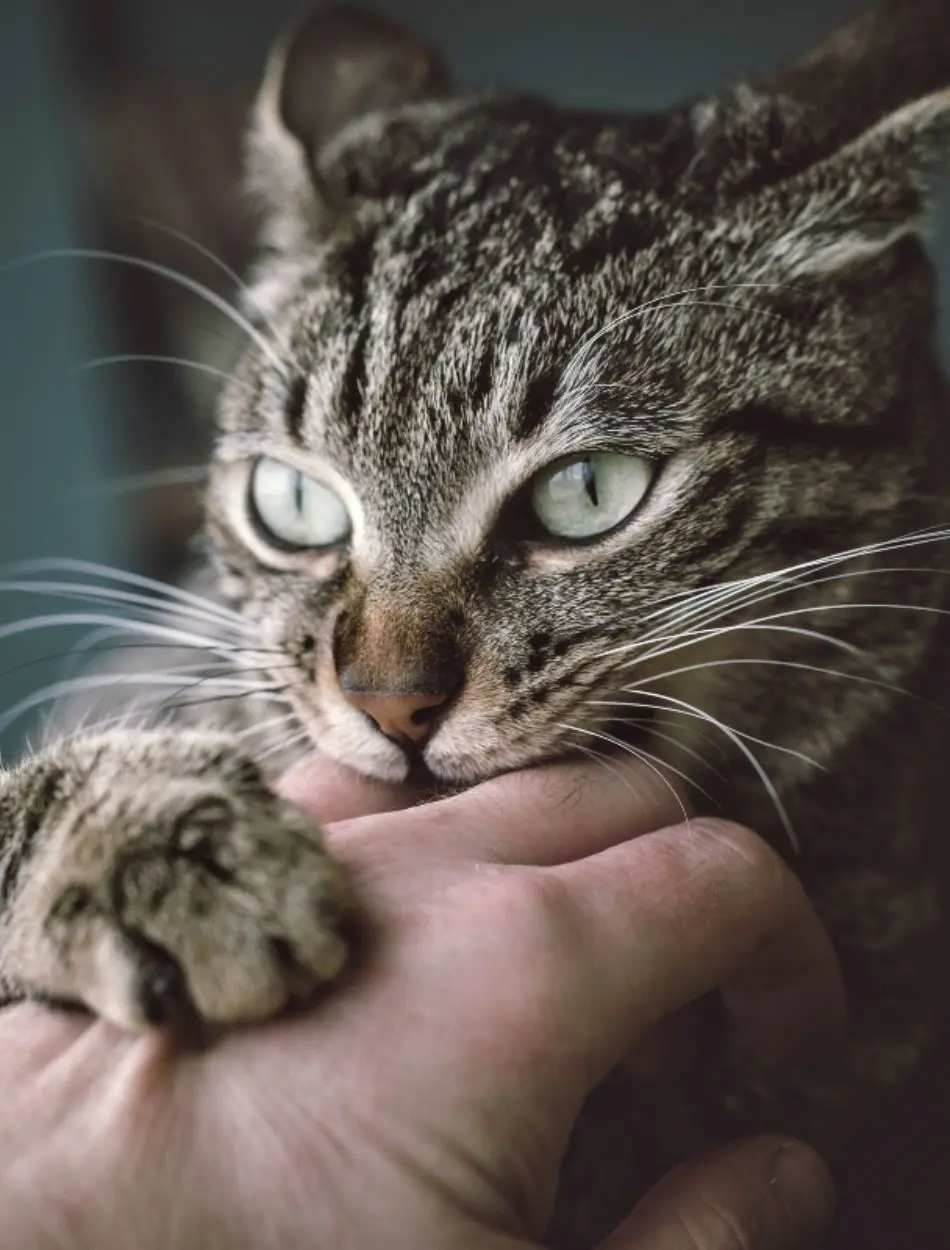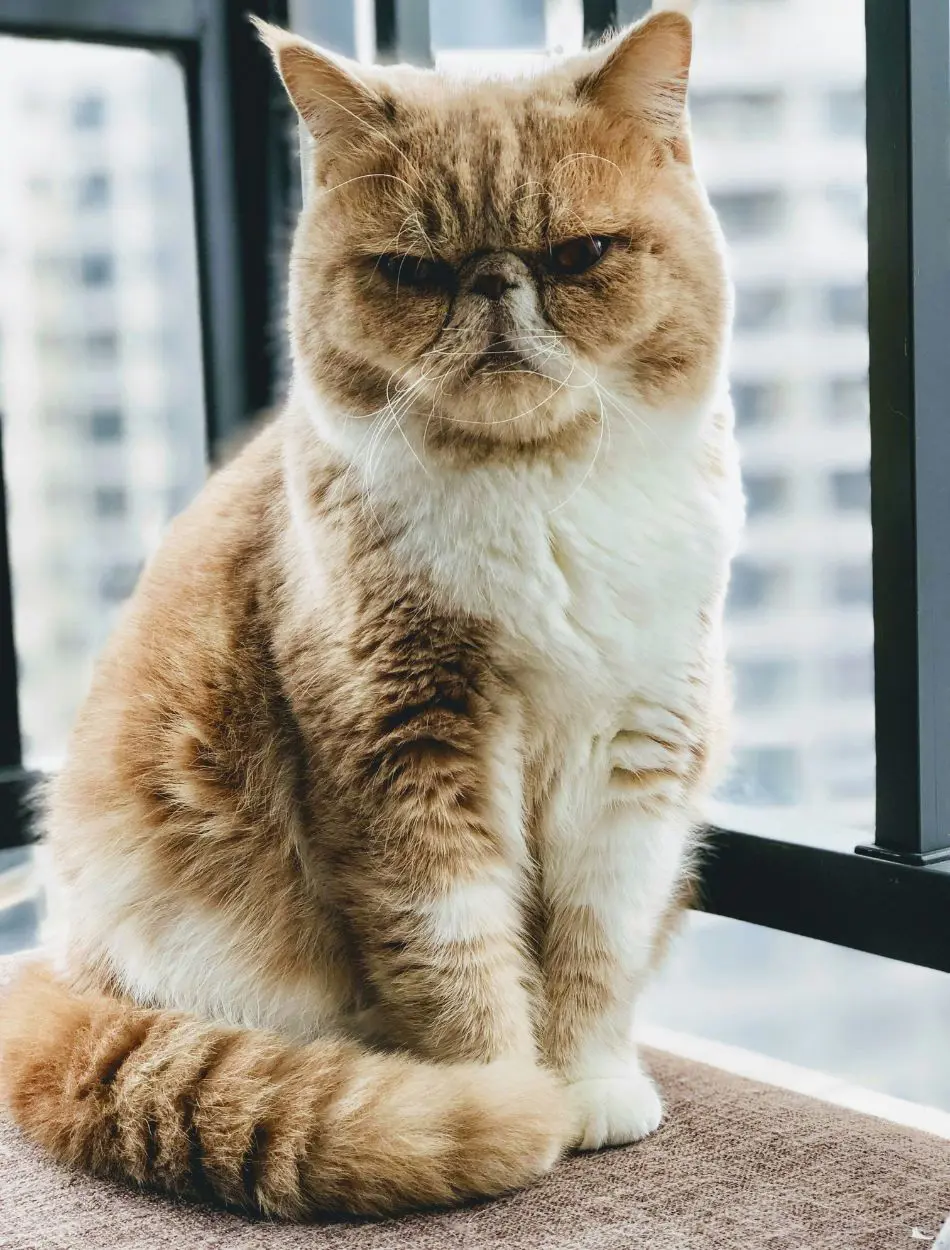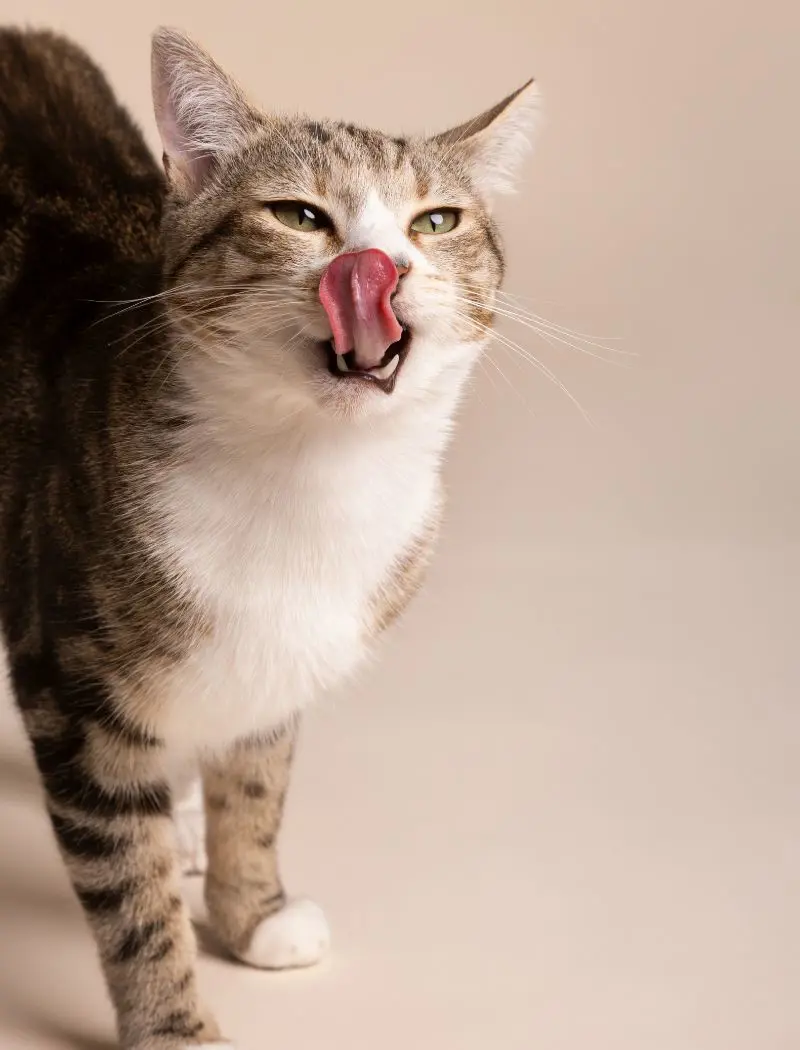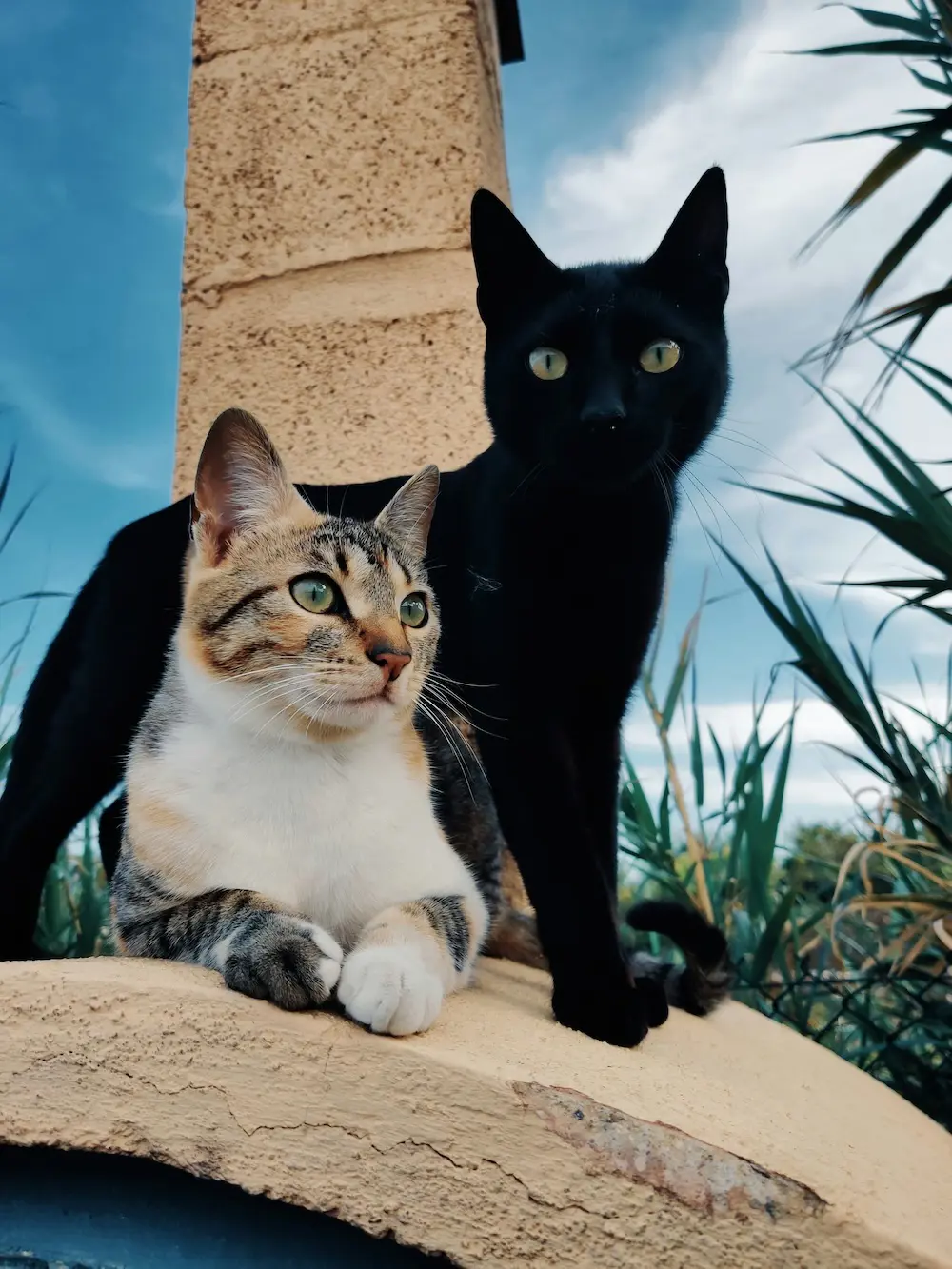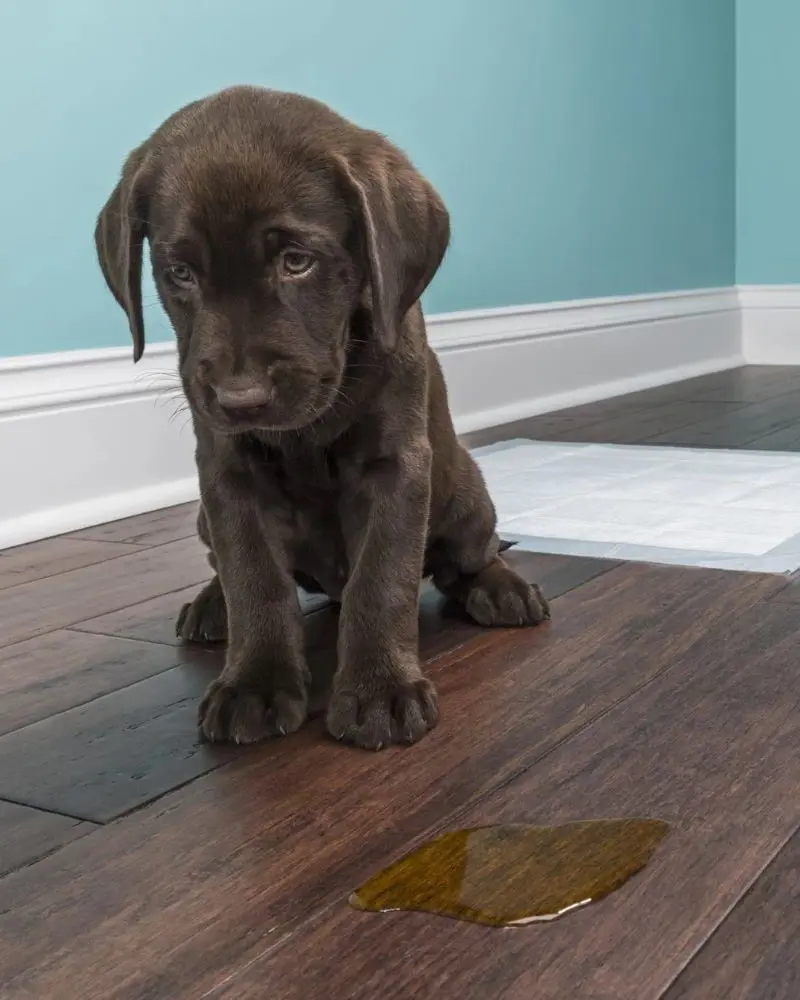Why Is My Cat Not Drinking Water

Cats are notoriously finicky when it comes to water consumption, and it's natural to worry if your canine companion isn't drinking as much as you expect. From environmental preference to a simple behavioral quirk, many factors can contribute to the causes of their not wanting to drink water.
In this article, we look at different reasons your cat may not be drinking water, as well as some practical suggestions to encourage your kitty to drink more.
They Get Water From Their Food
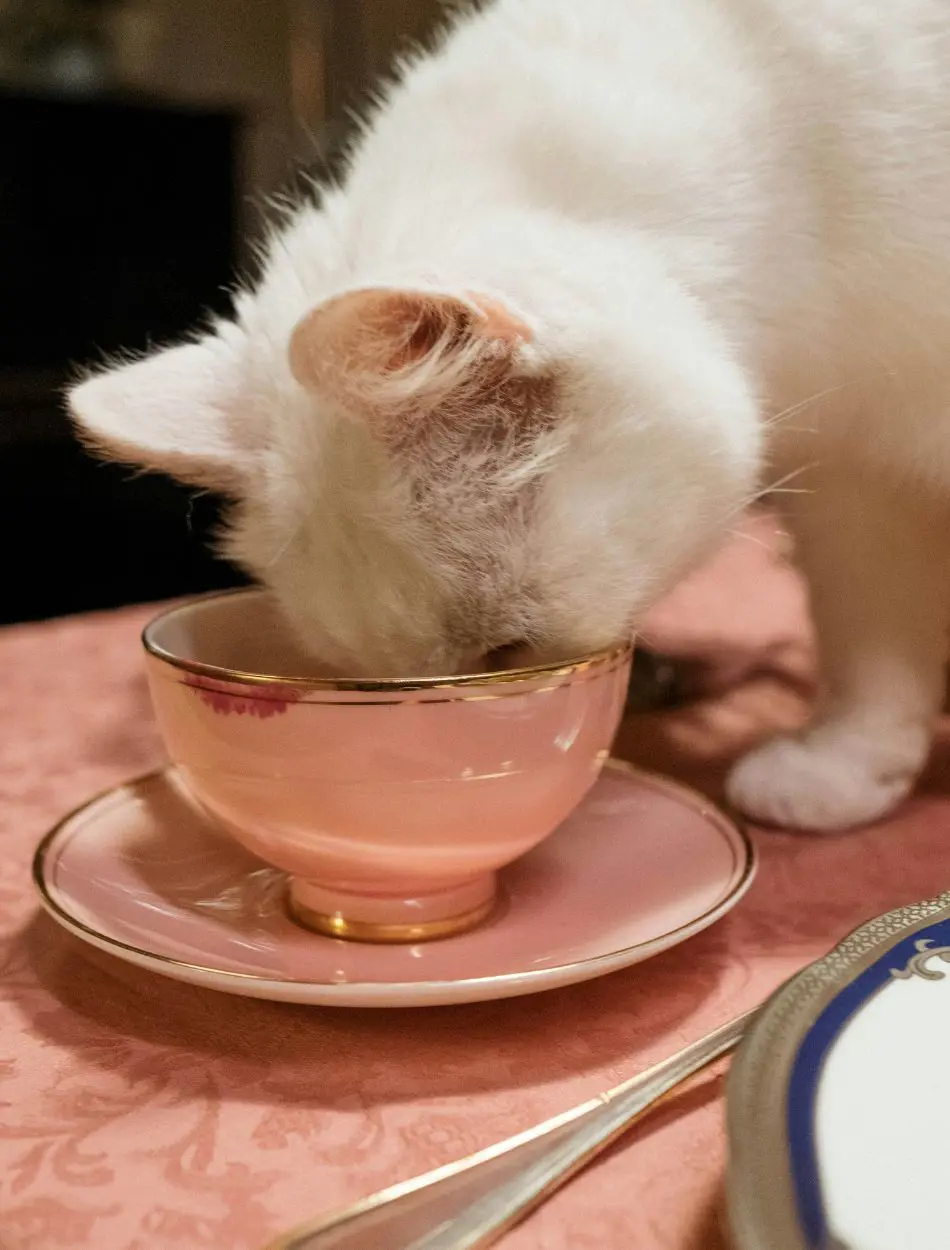
Cats are obligated carnivores; their ancestors got much of their moisture directly from their prey. This remains true even today, especially if the kitty is fed wet food, which contains as much as 80% water.
Since this is the case, your furbaby will likely not have a huge urge to drink from the water bowl. However, they are on dry kibbles and need extra hydration, since very little moisture exists within their kibble diet.
If you have been feeding your cat primarily dry food, check frequently on their water intake to avoid dehydrating them. Encourage more water intake by supplementing their diet with wet food now and then, or adding just a little water to their kibble.
Cats Like Water Fresh And Clean
Having been creatures of natural cleanliness, they do extend this to their water. If your kitty's water bowl hasn't had a refresh in some time or has contaminated food or dirt, it may simply be that they do not drink from the bowl.
Usually, cats like fresh, clean water rather than this sort which may be harboring bacteria or some other contaminants. Changing the water daily and even scrubbing the bowl should make the water more appealing.
You may also find that your cat drinks more if you put water bowls in several locations in the house. The idea is to make the water refreshing, cool, and free of foul odors.
Prefer Running Water
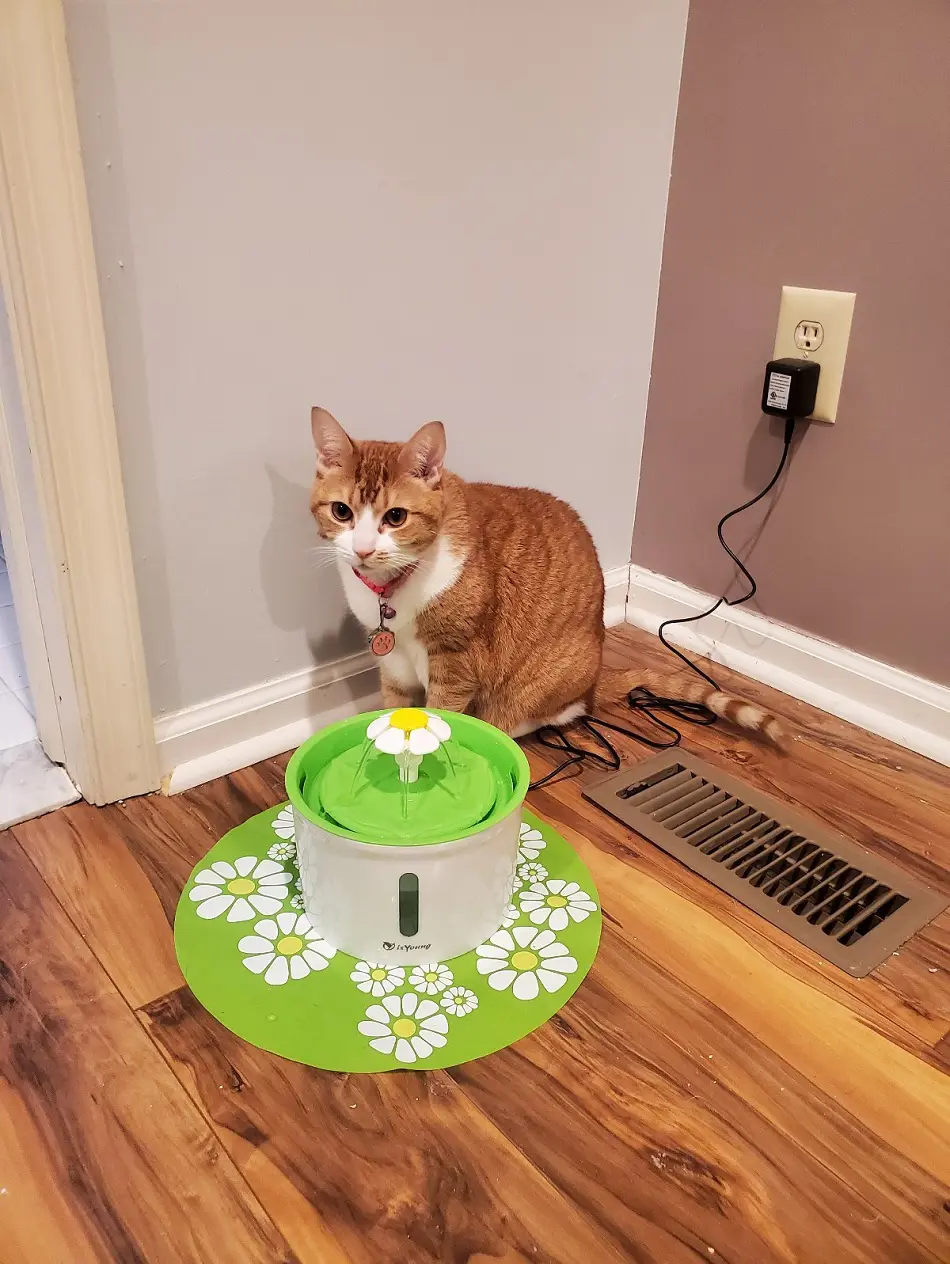
Cats naturally tend to favor running water since it seems fresher, and even safer. This makes complete sense, as those in the wild would naturally have a higher expectation of catching their food in running water, which is less likely than standing water to harbor bacteria injurious in type.
You may see your kitty paw at the water in their bowl or aim to drink from the running faucet. One of the best ways to encourage more drinking is by installing a pet water fountain.
The sound and movement of the water are appealing and can keep your feline hydrated throughout the day. These fountains also keep the water fresh with continuous filtering, making it more appealing to your cat.
Don't Like The Smell Of Water
Cats are susceptible to odors, and the smell of water might sometimes be repulsive to them. If there are chemicals like chlorine or fluoride in your tap water, your kitty will probably decline to drink. This could be particularly true with sensitive felines that have a highly developed sense of smell.
Offering filtered water or using bottled water might solve this problem. Boil the water and let it cool to rid lingering odors that could be present in the water and then give it to your cat. Sometimes the smell of the water itself may be the problem, and making this simple switch will increase their hydration levels.
Attracted To Unusual Water Sources
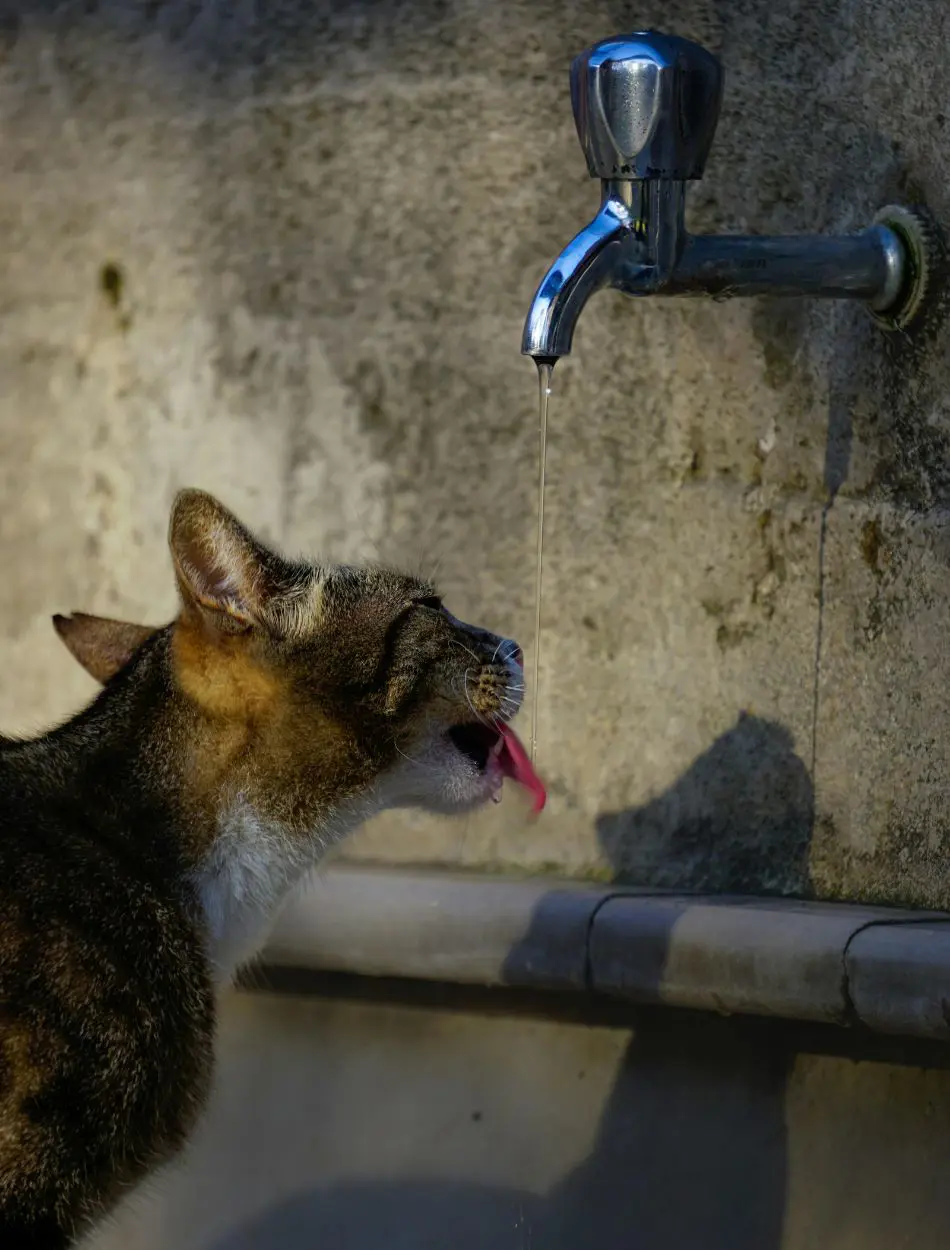
You realize that your kitty prefers to drink from peculiar sources, whether it's running water from the faucet, a glass of water, or puddles outside the house. This can be confusing, as they have a perfectly good bowl of water.
You can take care of this need for variety by offering them multiple different sources of water, such as a fountain or simply a glass of water in a different location. Just make sure they do not drink from hazardous sources. You can make drinking water a bit more interesting to your cat by offering safer alternatives.
Sensitive To Temperature
A lot like humans, cats can be very finicky when it comes to the temperature of their water. While some love to drink cool, refreshing water, others may love it to be at room temperature.
Particularly on hot summer days, if the water in your feline bowl is too hot, it may just be something they will want to avoid. Give it cool water, even with an ice cube in it, and the opposite may occur. If they don't like cold water, that's okay; just let it sit until it reaches room temperature.
They Avoid Hard Water
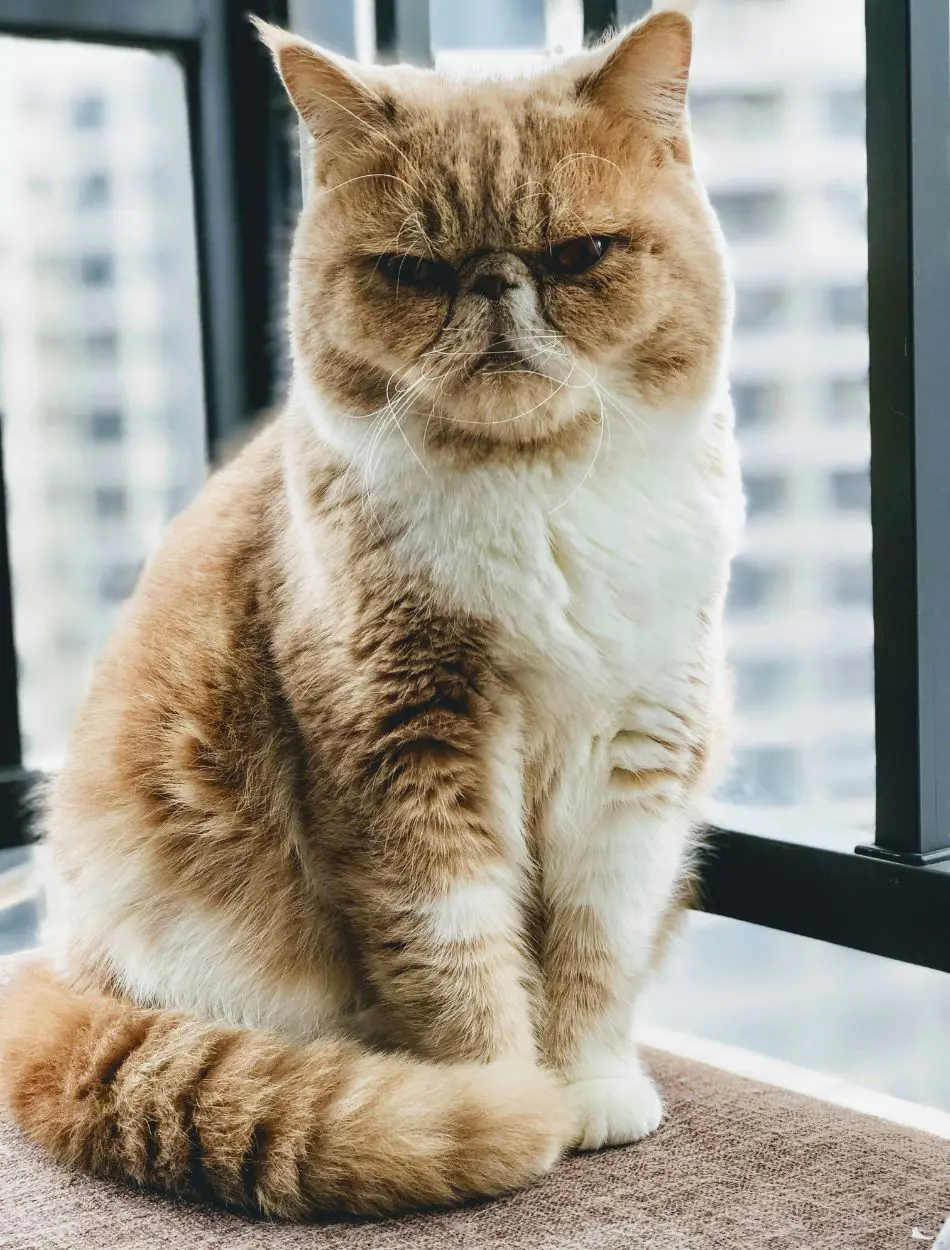
Hard water contains a high level of minerals, possibly calcium and magnesium which can give water an unpleasant taste that cats don't like. If your tap water is hard, they may tend to avoid the taste. This water can also affect the urinary tracts of your kitty, so offering filtered water is best.
Sometimes this can encourage them to drink just that little bit more. You may even be able to tell if your water is hard by the mineral deposits on your faucets or in your water bowl. And if your feline friend does have a problem with hard water, such a simple adjustment could make all the difference in the world.
Water Bowls Issues
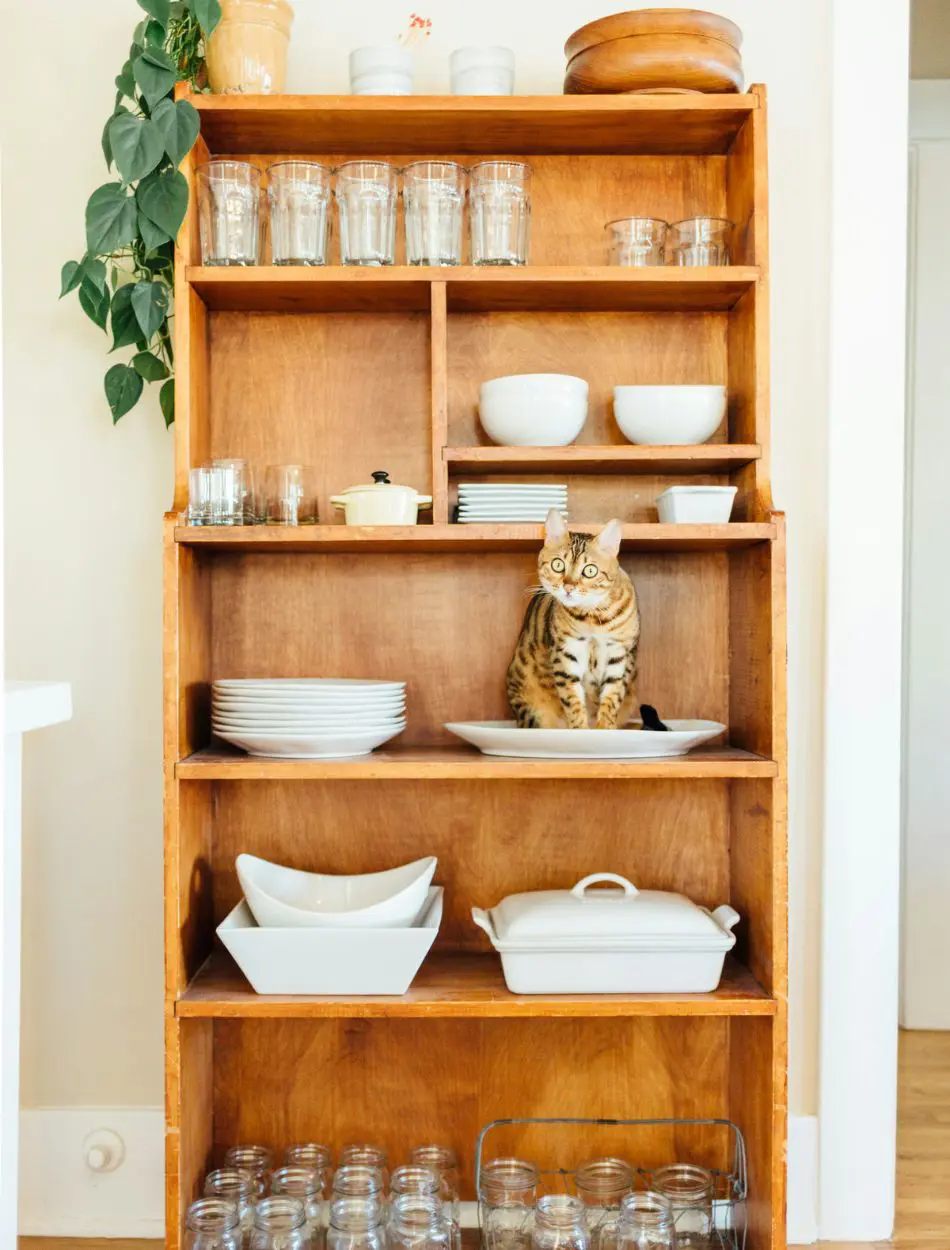
Believe it or not, your cat may be avoiding water because they don't like their bowl. Some felines can be quite fussy about the type of material their dishes are made from.
Most of them prefer ceramic, glass, or even stainless steel over plastic bowls. Plastic can retain odors and bacteria from which your tom might not want to drink. They do not like dirty water bowls.
Others do not like deep or narrow bowls because they do not like their whiskers touching the sides is what is referred to as "whisker fatigue." Try offering them water in a wider, shallow dish to alleviate this. Finding the right bowl can make all the difference in encouraging your kitty to drink more frequently.
Seasonal Changes
Seasonal changes might also drastically affect your cat's habit of drinking water as during the hotter periods, cats drink more to keep their body temperature balanced. In summer, the cats are typically much more playful and energetic, increasing their need to drink water even more. You can also ensure they remain hydrated during heat waves by making more water sources throughout the house and offering them ice-cold water too.
Most cats are a little less active in colder months and tend to rest more and drink less water. The owner must take good notice of the water bowls in these situations to further encourage them to drink, as heating systems may create dry environments indoors, leading to dehydration. Year-round hydration would depend on keeping regular routines regarding fresh water.
Habit

They are routine animals and may drink less water in case of disrupted daily schedules. If you have changed the placement of the water bowl recently changed feeding time, or anything in their environment, it might affect their water intake.
Cats are creatures of habit, and even the tiniest changes seem to throw them completely off. Your kitty will feel more secure and drink as usual when you return to a routine or, if changes are necessary, institute them very gradually.
See if you can identify any recent changes to your home or schedule that might have coincided with your cat's reduced water intake. It is possible to encourage more regular hydration by offering stability and predictability.
They Dont Like To Share Water Bowls
Many pets in one household may pose a problem for your cat not to drink if they have to share a water bowl with another. This is because they are territorial, and having to share a bowl with another pet can make them feel apprehensive.
Providing a separate water bowl for each pet can cure this kind of problem and ensure all get enough hydration. If you put the bowls in other rooms of your house, competition and stress can be at a minimum.
Providing a cat with its water bowl will enable it to drink without reservation as opposed to the competition that ensues. The tranquility of a home is disrupted when tussles over anything occur.
Satisfied With Minimal Sips
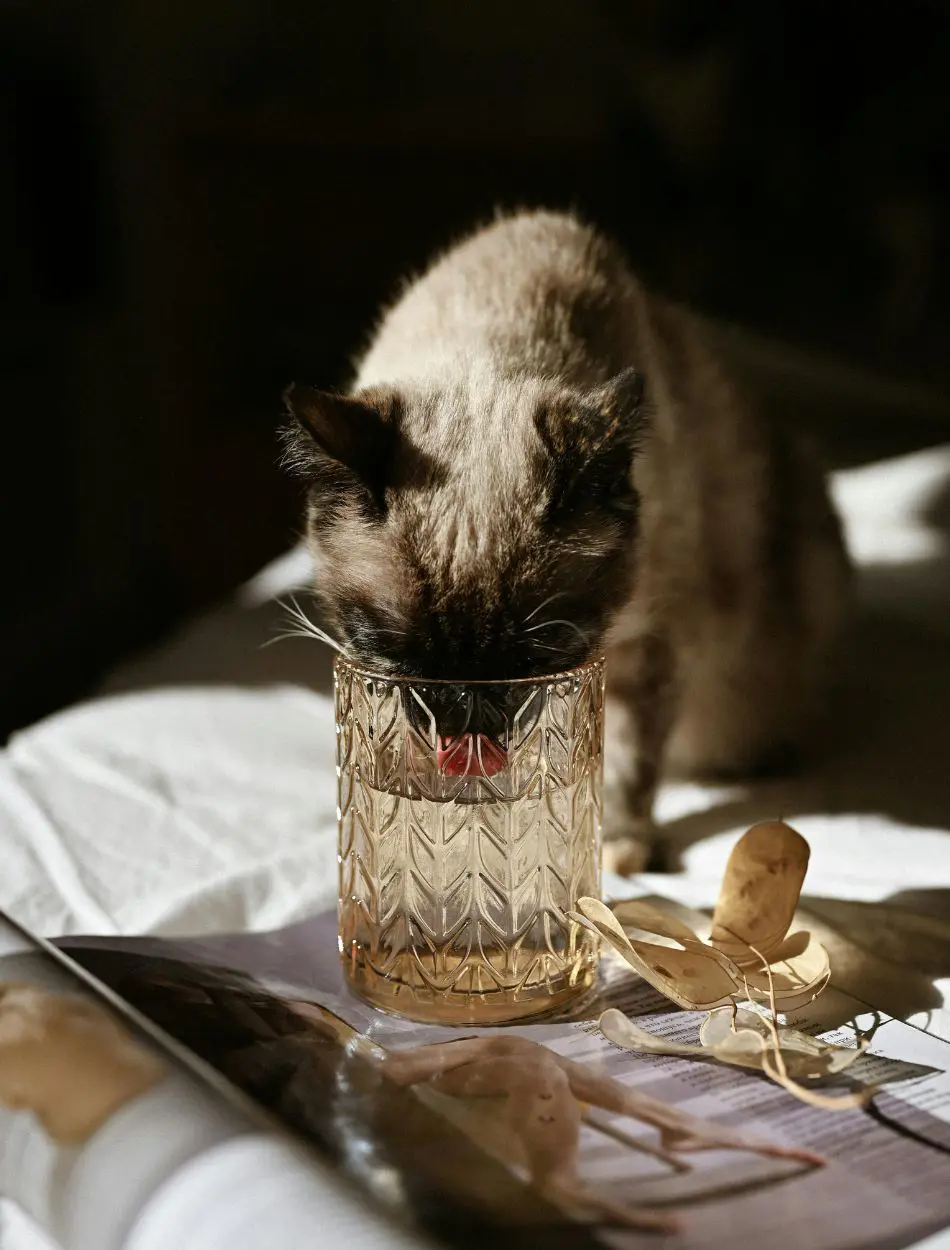
Cats do not drink much water compared to other pets like dogs and might have very minimal sips throughout the day. This might give you a feeling that your kitty is not having enough water, yet they are well hydrated.
If you notice that your feline does drink a little, but very frequently, they may get what they need. However, one is still supposed to monitor the overall water intake, particularly in cases where they are fed dry food. This is because kibbles contain minimal water.
This is confirmed by the water bowl placed before them during the day which will provide a clear indication of the actual amount being consumed. You should not raise unnecessary anxiety over their few sips since this is done quite often.
Prefer Drink More At Night
The reason could be that some cats are more nocturnal in their ways and prefer to drink water when the household is quiet. If you don't see your feline drinking water during the day, then it might simply be because they are nocturnal drinkers.
Check with the water bowl in the morning if the levels have gone down. They are crepuscular, meaning they are most active at dawn and dusk; hence, they may drink more at this time.
Ensuring fresh water is always available can go a long way in addressing your cat's instinctive propensities. If your kitty drinks more when the household is asleep, don't be surprised-it's just their nature.
Distraction
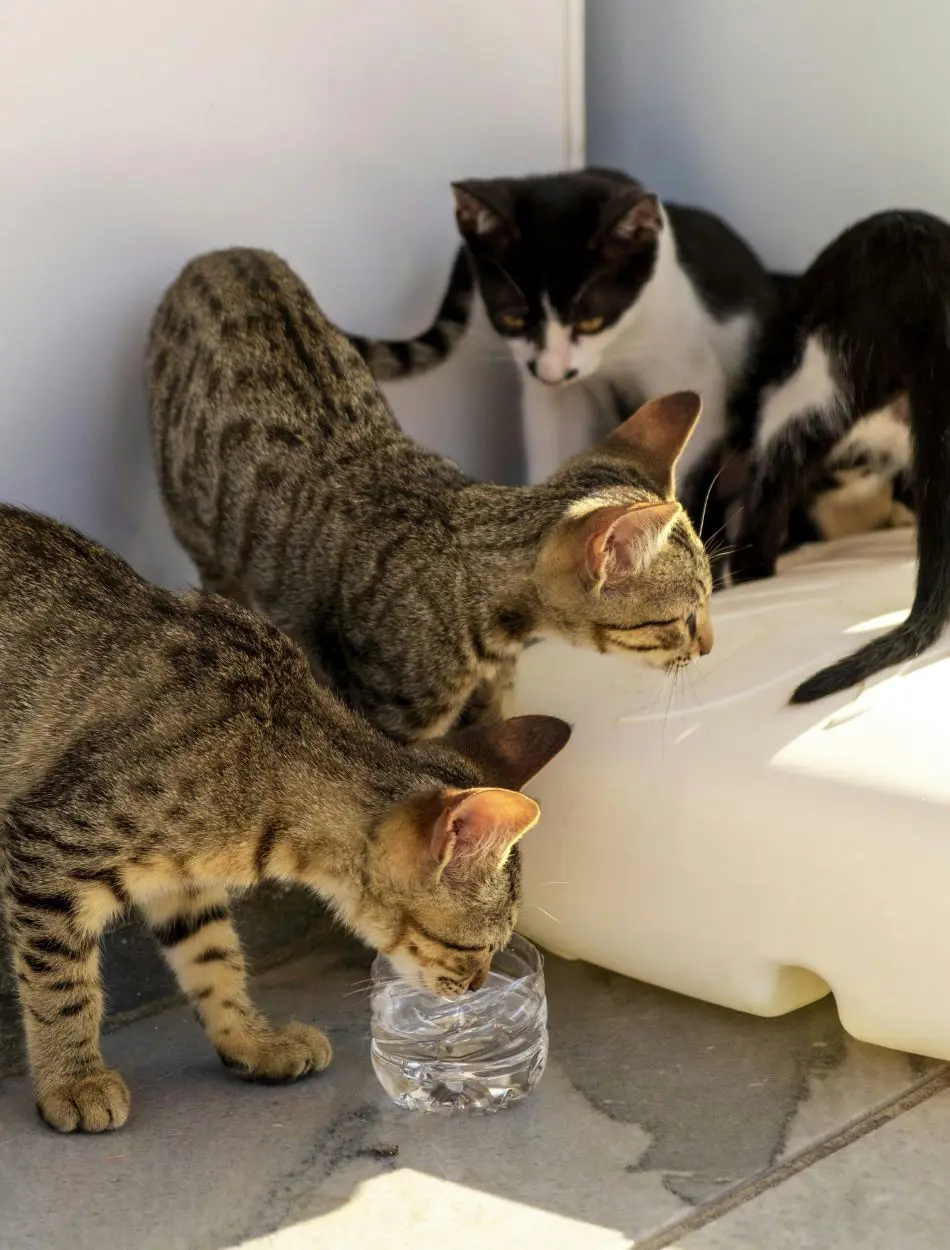
Sometimes cats get so preoccupied with the environment that they are unable to concentrate on water intake. New toys, other pets, or captivating sounds may take their attention off the water bowl.
If your cat is more into playing or exploring, they may not be able to drink enough of it. Having your feline's water situated in a quiet, peaceful place minimizes outside distractions and can cue more regular drinking.
Also, let there be time for rest and equilibrium after every play or any other activity. This way, they will be able to focus on rehydrating without external distractions.
Stress
Stress acts as a major contributor to changing the behavior of your cat, including the amount of water they take in. Changes in their environment, such as a new pet, moving to a new home, or loud noises, can cause them to drink less water.
They are creatures of habit, and changes in this routine can create stress that may cause them to avoid their food or water. Provide a quiet, safe space for them where they can return to their normal water intake.
This will help them minimize their environmental stressors and stay on schedule, helping them to be better hydrated overall. You will want to pay extra attention to your cat's water intake during periods of stress and give them a little extra encouragement if needed.
Traumatic Experience With Water Bowls
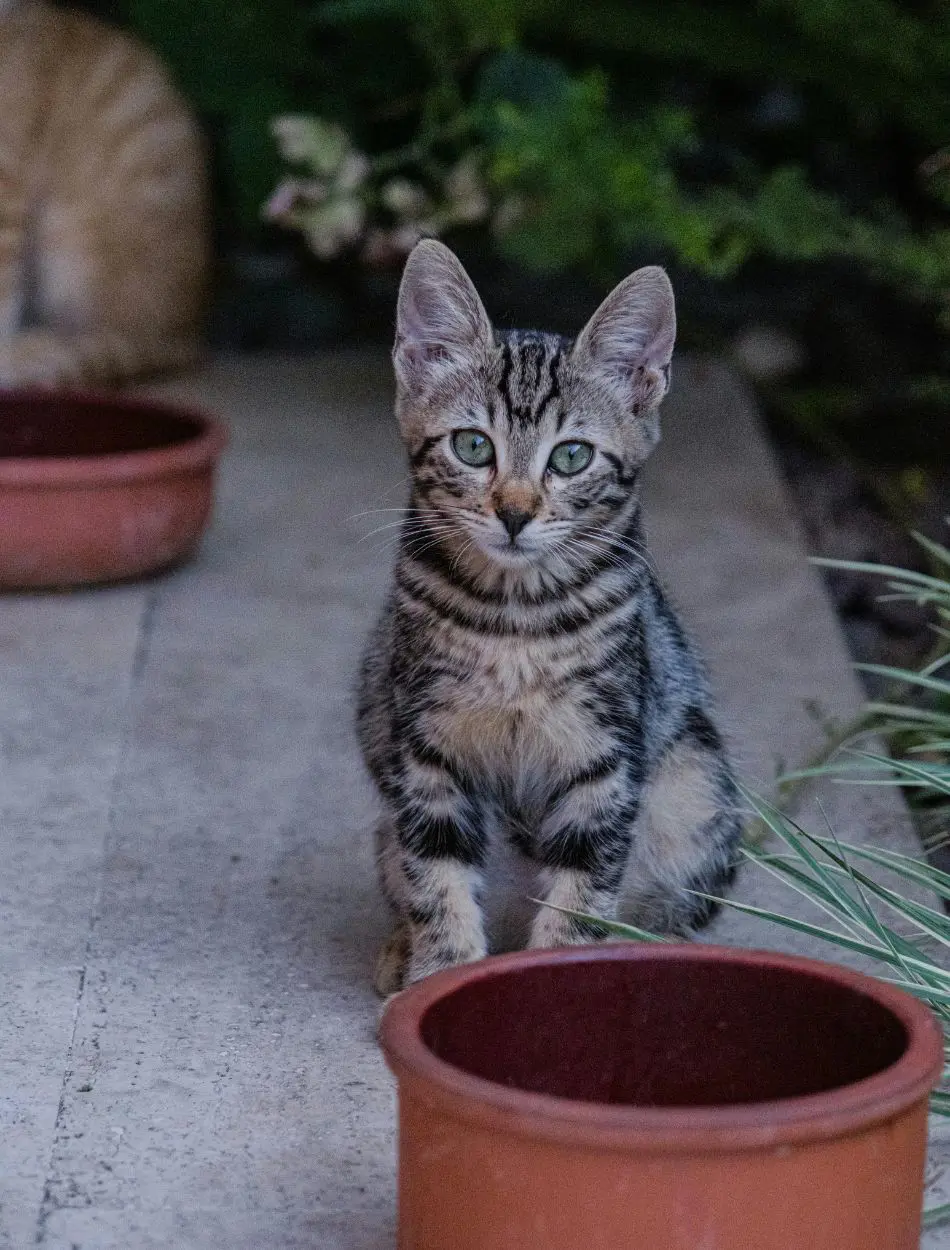
If your cat has gone through an unpleasant experience near their water bowl, it might turn fearful toward approaching its water bowl in case it gets startled or wet. They are sensitive animals, and many times a little scare would make them avoid certain areas or activities altogether.
To help your cat get over this, try placing the water bowl in a new, quiet location. Ensure that the ambient environment is silent and away from any perceived threats. Over time, your feline friend should begin to feel more comfortable and start drinking from their bowl again.
Health Issues Affecting Thirst
The various health conditions may affect their water intake, and any change should be noted by a cat's owner. Kidney disease, diabetes, and urinary tract infections are health conditions that increase or reduce an animal's water intake. They may drink excessively due to a malfunction in the kidney which reduces the organ's ability to concentrate urine.
However, urinary tract-infected felines may experience no urge to drink due to pain or discomfort during excretion of urine. Monitoring consumption with your kitty will put you on the best edge for early health problem detection.
A sudden increase in water consumption by your kitty or sudden lows in consumption is a probable reason to see your vet. Regular visits, hydration checkups, and awareness of health conditions that affect drinking may mean a world of difference in dealing effectively with the general health of your cat.
How To Encourage Cat To Drink More Water?
Encouragement to drink more water in a cat is tricky, yet there are several tricks to make water more appealing.
- The most common procedure is flavored water with the addition of a small quantity of tuna juice or chicken broth in a no-seasoning form to make the liquid more attractive.
- Others also love playing with ice cubes in the water, one way they get to have fun and be properly hydrated, especially on hot days.
- Another good approach would be offering them a water fountain, wherein the running water may remind them of natural water supplies and would, therefore, entice them that favor running water.
- Placing several water bowls around the house should also help. They are known for being particular, even down to where they like to drink. Several felines would rather not drink too near their food or litter box.
- Changing the water often, along with using shallow, wide bowls that would not let your kitty's whiskers get tired, can help give them more water.
Recent posts
Cats
Cat Tail Language And Its Meaning
Cats with their fiercely independent yet charming personalities, tend to leave us in suspense regarding what may truly be on their minds. While the eyes, ears, and much of body language often give some hint, the tail is one of the clearest indicators...
How Cat Love Bites Happen And Its Respond
You may wonder about the various activities of your cats, among which you may wonder about their biting you, mainly while you are petting them. You may wonder how bites happen and how to deal with them. As the term suggests, it is known as kibble and...
18 Reasons Why Your Cat Nose Is Dry
The nose is a very vital part of a cat's health and provides information about whether or not a cat is well or ill. Many pet owners believe that if a cat possesses a dry nose, then it must be ill. But that is not the case, it may include the environm...
Why Is My Cat Nose Wet?
If you have a pet cat, you might have noticed their wet nose and wondered why my cat's nose is wet. Does a cat's wet nose signify something or is it very normal? these questions might have popped up in your head at least once. It is normal for ...
18 Reasons Why Your Cat Is Snoring
While it may seem cute or amusing, snoring in cats can also be an indication of several underlying health problems that pet owners need to know about. Some light snoring is typical for certain cats, however steady or noisy wheezing could demonstrate ...
15 Hypoallergenic Cat Breeds
People are often more allergic to cats than to dogs. Unlike dogs, cat allergies are caused by the proteins found in their saliva, skin, and dander rather than fur. All cats inherently produce allergens, so no cat is truly hypoallergenic. However, som...
